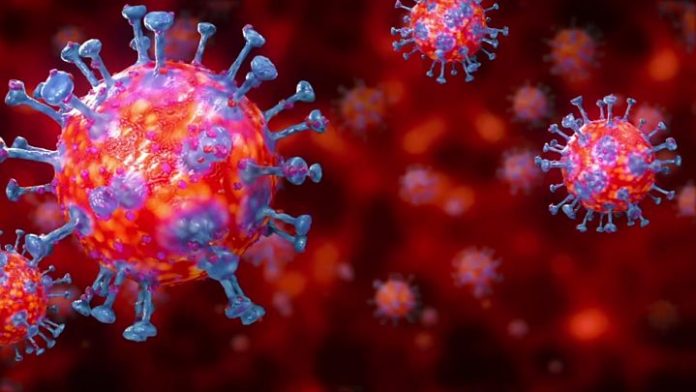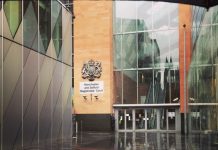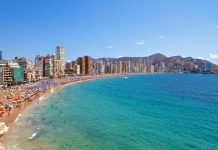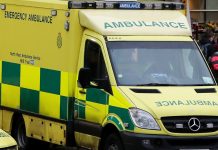The Government has published its sixty page Covid-19 recovery strategy this afternoon with a chilling message from the Prime Minister that the path back to normality” will be long and that the plan does not contain any “easy answers”.
The “only feasible long-term solution” to end the pandemic would be the creation of an effective vaccine or treatment it says conceding that “hope is not a plan” and that in a worst case scenario we may never find a vaccine.
The Government is also recommending that a form of facial covering, such as a homemade cloth covering, should be worn “in enclosed spaces where social distancing is not always possible”.The items should be worn when coming into contact with people not normally met, such as on public transport or in “some shops”.
It states that “homemade cloth face-coverings can help reduce the risk of transmission in some circumstances” as it clarifies that the purpose of the mask is not to help the wearer but instead to “protect against inadvertent transmission of the disease to others if you have it asymptomatically”.If an individual has coronavirus symptoms they, along with their household, must still isolate at home and that “wearing a face covering does not change this”.
The guidance stresses that a face covering is not the same as a facemask “such as the surgical masks or respirators used as part of personal protective equipment by healthcare and other workers”. Facemasks used in PPE must “be reserved for those who need it” and that face-coverings “should not be used by children under the age of two, or those who may find it difficult to manage them correctly, for example primary age children unassisted, or those with respiratory conditions”.
“Our plan to rebuild” sets out three sections, the first section outlines the current situation and the eight challenges that lay ahead.
This, it says is not a short-term crisis, – and future waves can’t be excluded without continuing some measures and in the near term, we cannot afford to make drastic changes – the document says that “we have little room for manoeuvre” if we want to keep the R below one.
The world’s scientific understanding of the virus is still developing rapidly – there are many gaps in our understanding e.g. asymptomatic spread and the efficacy of shielding vulnerable groups. The virus’ spread is difficult to detect,”this, it says, is why a significant part of the next phase of the Government’s response will be to improve its monitoring of and response to new infections.”
adding that the plan depends on continued widespread compliance to prevent the virus spreading uncontrolled.
In the second stage,people will be asked to focus on good hygiene measures, while the number of social contacts people make will “continue to be limited”. Vulnerable groups in particular will need to have a much lower exposure, and “will continue to be advised to shield themselves for some time yet”.
Over time “social contact will be made less infectious” by redesigning public and work spaces to reduce the chance of infection per contact.Over the next few months we can expect a series of adjustments to be made to social distancing – which will happen in “steps”.
“Covid-19 Secure” guidelines for workplaces are still being developed – these will be released later this week following consultations with all the relevant groups, including unions and local authorities. This phase will also contain reactive measures – if there is any suggestion that the virus is spreading again, “ the Government will have to tighten restrictions, possibly at short notice.”
From this Wednesday people will be encouraged to wear face masks in enclosed spaces to reduce the risk of coronavirus transmission as mobility increases.“Face-coverings are not intended to help the wearer, but to protect against inadvertent transmission of the disease to others if you have it asymptomatically.
“For the foreseeable future”, workers should continue to work from home rather than from the office. All workers who cannot work from home “should travel to work if their workplace is open”.
Schools will remain closed, with the exception of vulnerable children and those of critical workers but Local authorities and schools should urge more children who would benefit from attending in person to do so.”
Everyone, including key workers, should continue to avoid public transport where possible – and if people have to use it they should follow social distancing.
Everyone is being encouraged to spend more time outdoors as “SAGE advise that the risk of infection outside is significantly lower than inside”. This includes exercising outside as much as people want, driving to open spaces “irrespective of distance”,although people should not travel between counties.







